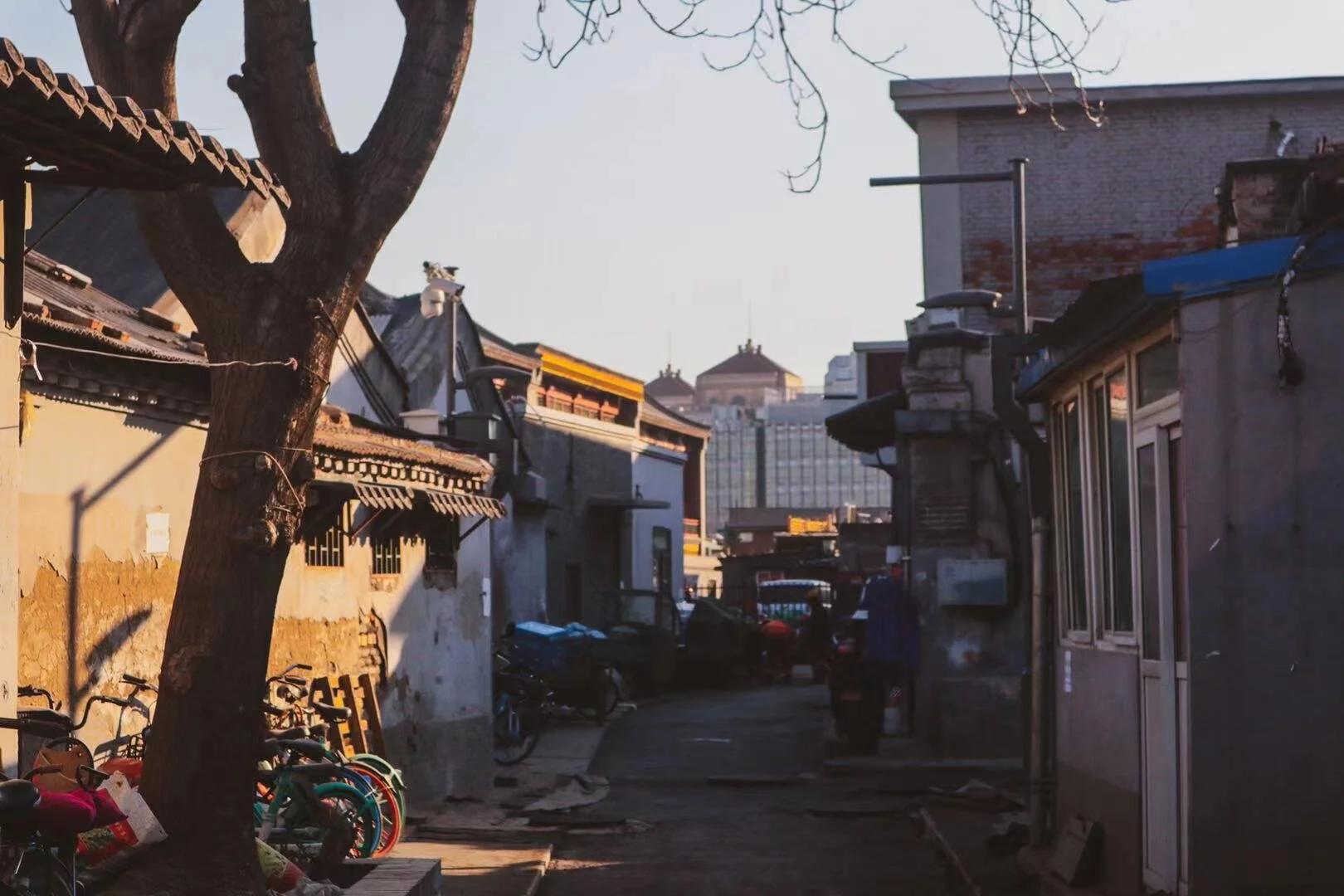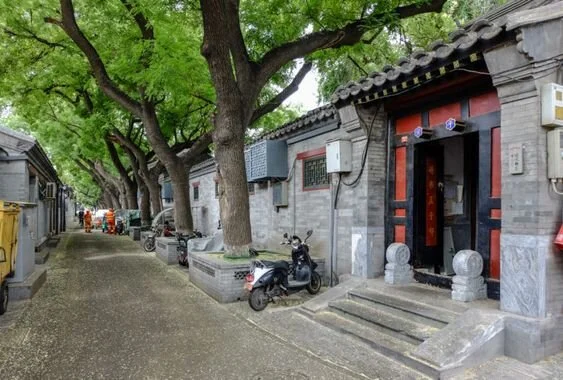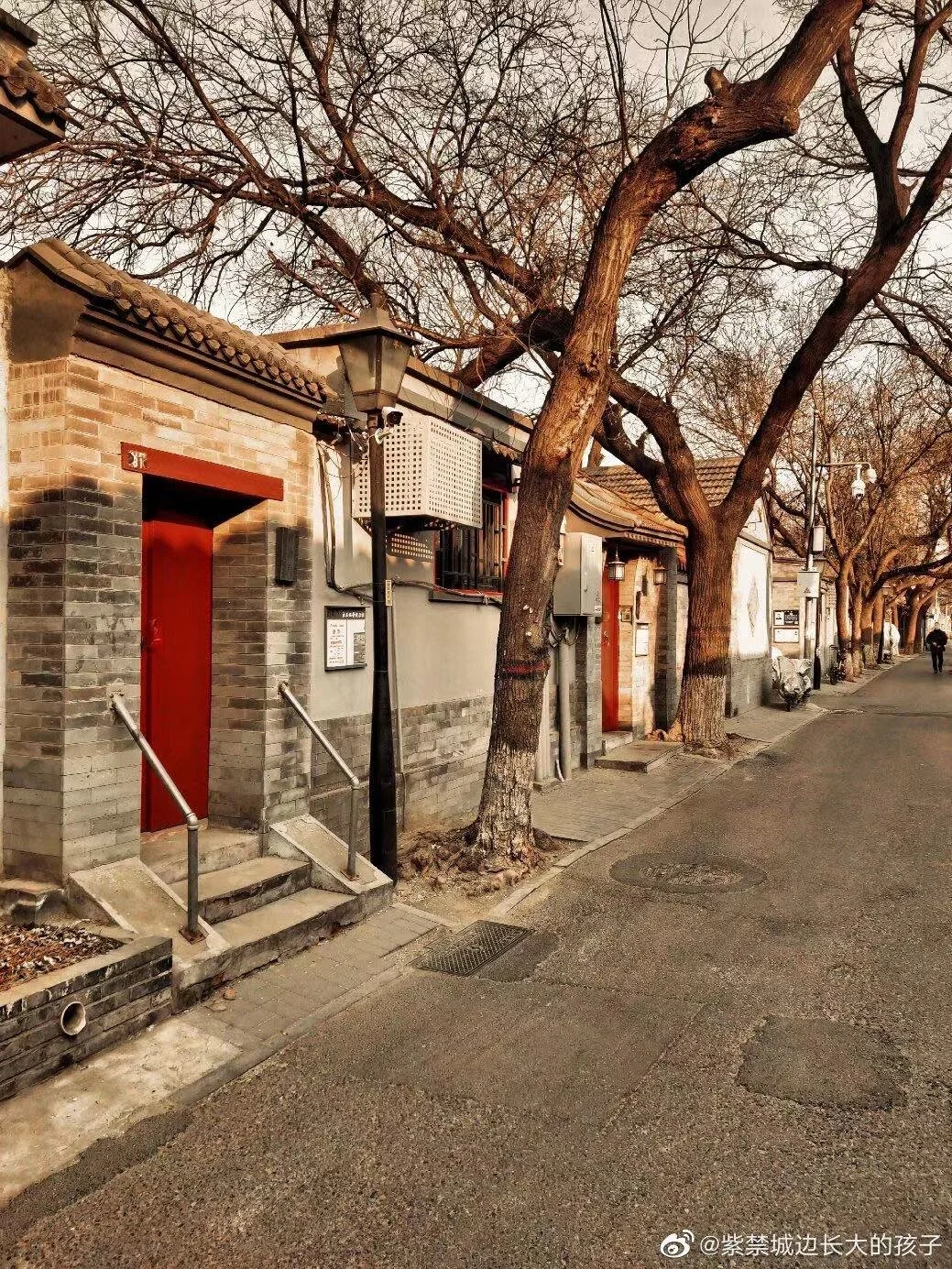Baita Temple Hutong
171 Fuchengmen Nei Dajie, Xicheng District, Beijing, China
The term "hutong" appeared first during the Yuan Dynasty, and is a term of Mongolian origin, meaning "water well".
In Beijing, hutongs are alleys formed by lines of siheyuan, traditional courtyard residences.[1] Many neighborhoods were formed by joining one siheyuan to another to form a hutong, and then joining one hutong to another. The word hutong is also used to refer to such neighborhoods.
Since the mid-20th century, many Beijing hutongs were demolished to make way for new roads and buildings. More recently, however, many hutongs have been designated as protected, in an attempt to preserve this aspect of Chinese cultural history. Hutongs were first established in the Yuan dynasty (1279–1368) and then expanded in the Ming (1368–1644) and Qing (1644–1911) dynasties.





